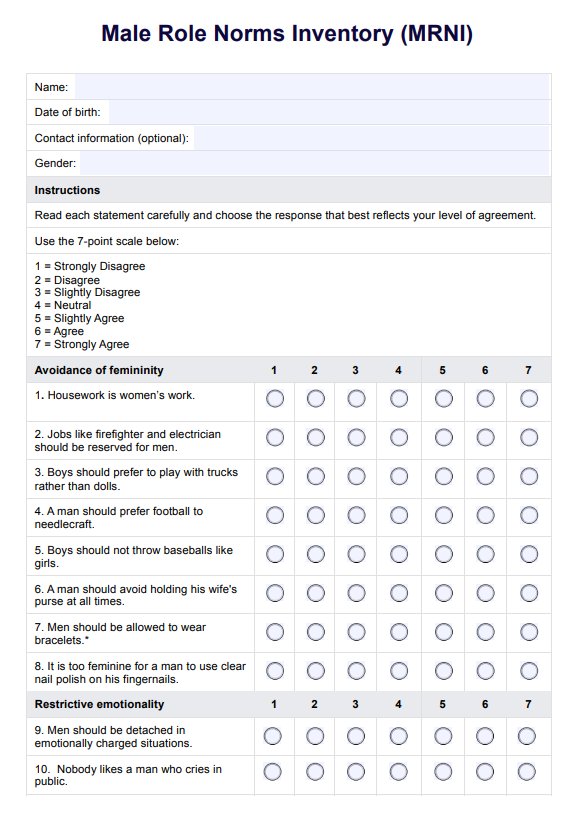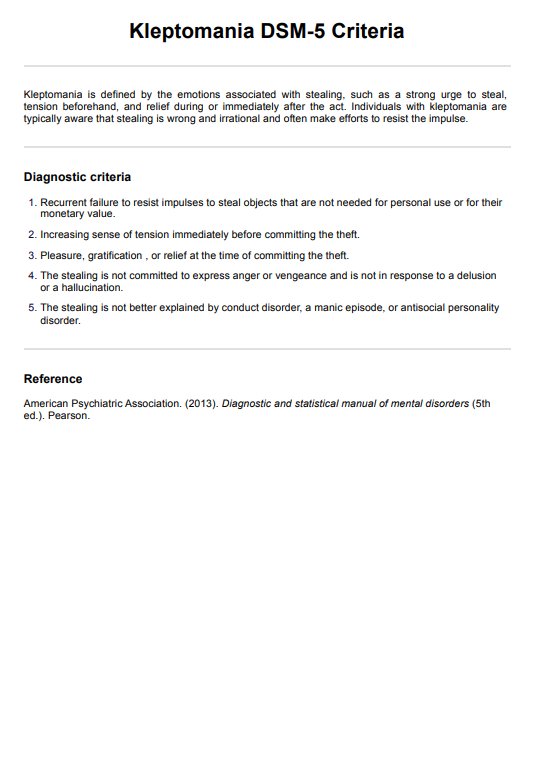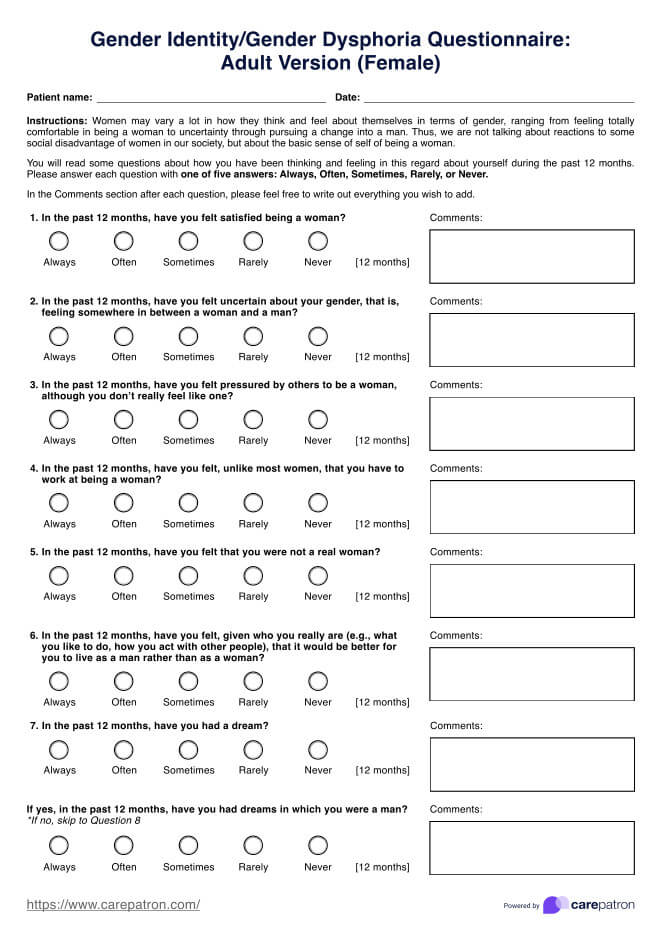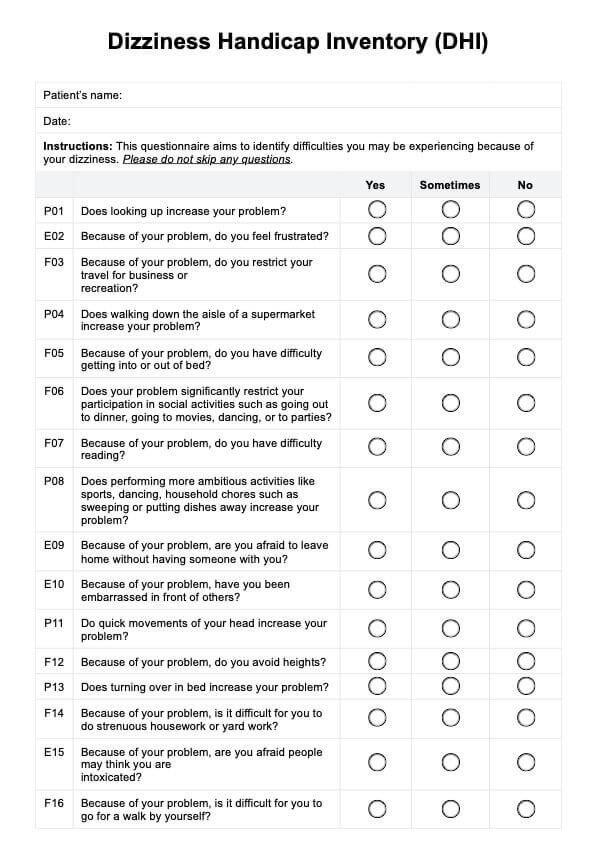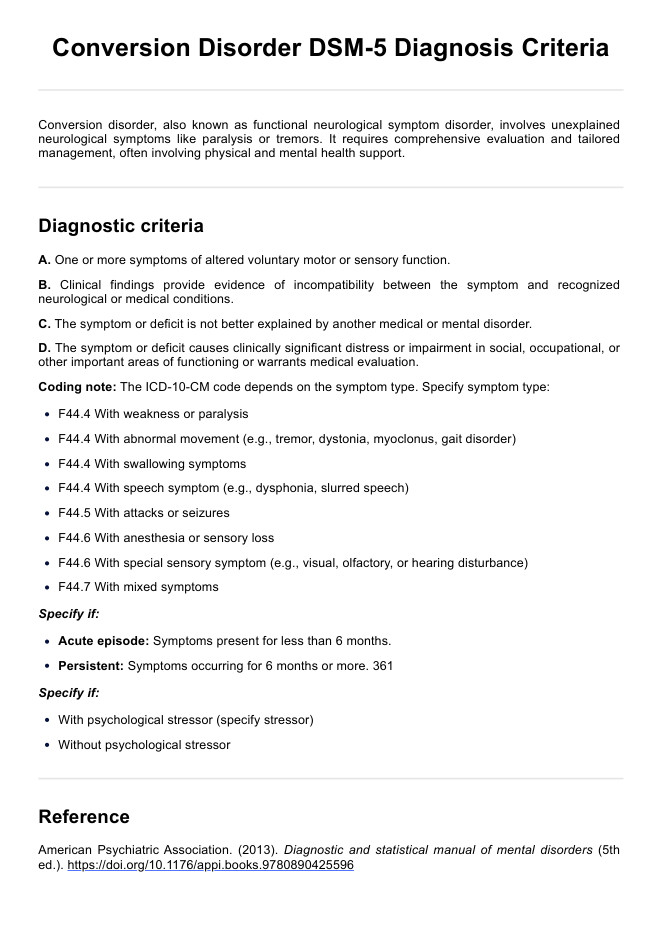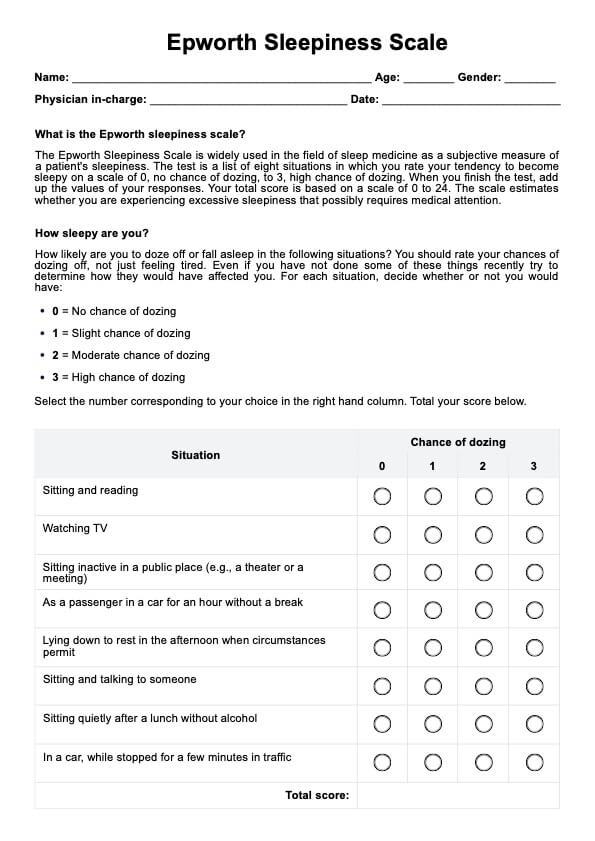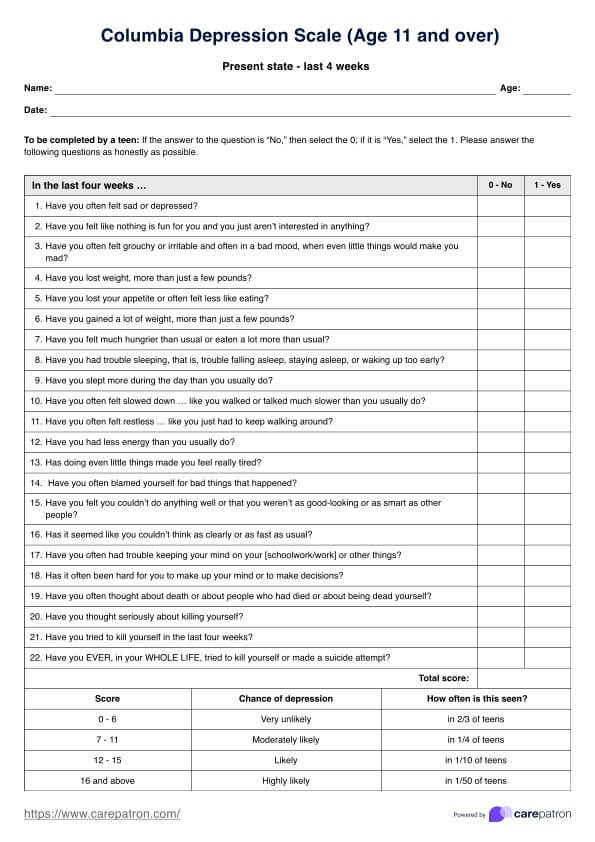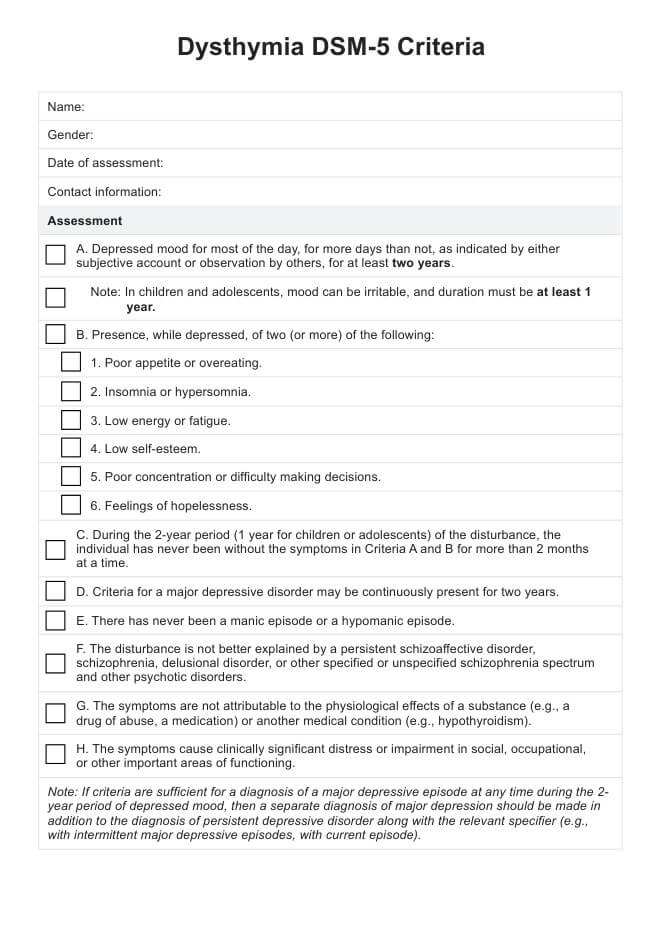Frost Multidimensional Perfectionism Scale
Click here to learn more about the Frost Multidimensional Perfectionism Scale and how it can be used in practice.


What is the Frost Multidimensional Perfectionism Scale?
Perfectionism is characterized by setting excessively high standards, often accompanied by harsh self-criticism, heightened concern over mistakes, and uncertainty about one’s actions and beliefs. While some individuals may take pride in these perfectionistic tendencies, they can contribute to a range of psychological disorders that are detrimental to mental health. Perfectionism is multidimensional, made up of both social and personal components that can contribute to severe levels of psychopathology (Hewitt & Flett, 1991).
The Frost Multidimensional Perfectionism Scale is a 35-item self-report measure designed to assess perfectionism. Each item on the scale is linked to one of six factors:
- Concern over mistakes (CM): This subscale measures the extent to which individuals are preoccupied with making mistakes and the fear of negative evaluation associated with such concerns.
- Personal standards (PS): This reflects the high expectations individuals set for themselves, often excessively so.
- Parental expectations (PE): This subscale evaluates parents' perceived expectations, which can contribute to perfectionistic tendencies.
- Parental criticism (PC): This measures the perceived criticism from parents regarding performance, reinforcing perfectionistic behaviors.
- Doubts about actions (D): This subscale assesses the uncertainty individuals feel about their actions and whether they have completed tasks successfully.
- Organization (O): This reflects the need for order and neatness in one’s environment, though it has been shown to correlate less strongly with other dimensions of perfectionism.
Factor analysis has revealed that these six factors are typically associated with positive and negative outcomes (Brocklesby et al., 2023). Organizational and personal standards are linked to positive outcomes, such as achievement striving and good work habits. In contrast, concern over mistakes, doubts about actions, parental criticism, and parental expectations are associated with adverse outcomes, including anxiety, eating disorders, substance abuse, and depression (Brocklesby et al., 2023).
Stöber (1998) proposed a four-factor model for the scale, grouping related subscales to offer a more stable and interpretable model across diverse populations:
- Concern over mistakes and doubts about actions: Worrying excessively about mistakes and doubting one's decisions.
- Excessive concern with parents’ expectations and evaluation: Feeling pressured to meet parents' high expectations.
- Excessively high personal standards: Setting unrealistic, perfectionistic goals for oneself.
- Concern with precision, order, and organization: Valuing neatness, order, and precision in tasks.
Stöber's model suggests that combining PE and PC into a single factor is justified due to their interrelatedness. CM and DA are also closely linked, reflecting concerns with mistakes and self-doubt. This four-factor model has been found to offer a more consistent and interpretable approach compared to the original six-factor model, which has shown inconsistencies in various studies (Brocklesby et al., 2023; Piotrowski & Bojanowska, 2019).
The Frost Multidimensional Perfectionism Scale is valuable in predicting the underlying causes of a client's presenting concerns, especially in contexts such as body image issues, eating disorders, anxiety disorders, and obsessive-compulsive disorder (OCD).
Frost Multidimensional Perfectionism Scale Template
Frost Multidimensional Perfectionism Scale Example
How to use our Frost Multidimensional Perfectionism Scale template
Our free Frost Multidimensional Perfectionism Scale template is easy to use and printable. It is based on the four-factor model of perfectionism. Follow these steps to get started:
Step 1: Download the template
Access the Frost Multidimensional Perfectionism Scale template by clicking "Use template," allowing you to edit the resource via the Carepatron app. For a PDF copy, choose "Download."
Step 2: Familiarize yourself with the template
The template is designed to guide you through the Frost Multidimensional Perfectionism Scale, which includes space for essential patient information. The template follows the standard Frost Multidimensional Perfectionism Scale, which is composed of 35 items, each relating to one of the four subscales. Each item is answered on a 1-5 Likert scale ranging from 1, "strongly disagree," to 5, "strongly agree."
Step 3: Ask the patient to complete
Give the template to the patient to complete, ensuring that they fill out their details. Before completion, emphasize that these are subjective questions. Explain that it is crucial to provide honest answers to attain an accurate result. Be sure to guide the individual through the template, helping them with questions if necessary while ensuring not to suggest any answers.
Step 4: Score their answers
Calculate the individual's score by following the instructions below.
Scoring
Scoring the Frost Multidimensional Perfectionism Scale is simple. The results consist of a Total Perfectionism score (the sum of the subscales, excluding Organization) and scores for the four subscales. Scores on the Organization subscale do not contribute to the Total Perfectionism score and are not inherently problematic (Ströber, 1998). However, when combined with high scores on the other subscales, they may exacerbate dysfunction.
The four subscales are:
- Concern over mistakes and doubts about actions: Questions 9, 10, 13, 14, 17, 18, 21, 23, 25, 28, 32, 33, and 34.
- Excessive concern with parents’ expectations and evaluation: Questions 1, 3, 5, 11, 15, 20, 22, 26, and 35.
- Excessively high personal standards: Questions 4, 6, 12, 16, 19, 24, and 30.
- Concern with precision, order, and organization: Questions 2, 7, 8, 27, 29, and 31.
Next steps after using the scale
Here are the next steps you can take after administering the scale:
Review results
Examine the results of the Frost Multidimensional Perfectionism Scale to identify trends and patterns in the client’s perfectionistic behaviors. This psychological measurement provides valuable insight into how perfectionistic tendencies manifest and affect various aspects of the client’s life.
Discuss results with the client
Discuss the Frost Multidimensional Perfectionism Scale results in a nonjudgmental conversation with the client. Explore how their perfectionistic tendencies may impact their emotional well-being, relationships, and daily functioning. Consider how the factors contribute to the broader context of their experiences.
Integrate results into clinical formulations and interventions
Use the results to aid in clinical formulations. Understanding which factors contribute most to their maladaptive perfectionism can help you guide targeted interventions specific to the individual’s needs. The results can also be used alongside other psychological assessment tools to enhance your clinical approach and monitor progress.
References
Brocklesby, M., Garisch, J. A., Robinson, K., Langlands, R., Russell, L., O'Connell, A., & Wilson, M. S. (2023). A psychometric analysis of the Frost Multidimensional Perfectionism Scale in a sample of New Zealand adolescents. New Zealand Journal of Psychology, 52.
Hewitt, P. L., & Flett, G. L. (1991). Perfectionism in the self and social contexts: conceptualization, assessment, and association with psychopathology. Journal of personality and social psychology, 60(3), 456–470. https://doi.org/10.1037//0022-3514.60.3.456
Frost, R. O., Marten, P., Lahart, C., & Rosenblate, R. (1990). The dimensions of perfectionism. Cognitive therapy and research, 14, 449-468.
Piotrowski, K., & Bojanowska, A. (2019). Factor structure and psychometric properties of a Polish adaptation of the Frost Multidimensional Perfectionism Scale. Current Psychology. https://doi.org/10.1007/s12144-019-00198-w
Stöber, J. (1998). The frost multidimensional perfectionism scale revisited: More perfect with four (instead of six) dimensions. Personality and Individual Differences, 24(4), 481–491. https://doi.org/10.1016/s0191-8869(97)00207-9
Preguntas Frecuentes
Perfectionism is a personality trait characterized by the desire to achieve exceptionally high standards, often accompanied by self-critical evaluations and a fear of making mistakes. It can manifest in both adaptive (healthy) and maladaptive (unhealthy) forms.
The Frost Multidimensional Perfectionism Scale is a psychological measurement tool designed to assess various dimensions of perfectionism. Randy Frost and colleagues developed it to capture the multifaceted nature of perfectionism and identify how it affects different areas of a person’s life.
The Frost Multidimensional Perfectionism Scale results can be integrated into clinical formulations to identify areas where perfectionism contributes to psychological difficulties. Cognitive therapy often targets maladaptive perfectionistic beliefs, helping clients reframe their thinking, reduce self-criticism, and adopt more balanced perspectives.

















-template.jpg)

